Travel to unexplored region of Iran in Gilan province and hike through unknown Iran rural region of Alborz Mountain Heights
| TOUR CODE | 011-STN-XPL | |||||
| START | Tehran | |||||
| FINISH | Tehran or Rasht | |||||
| REGION(S) | Alamut Valley, Gilan “Caspian Sea” | |||||
| INCLUDED |
|
|||||
| NOT INCLUDED | Entry fee for the sites not mentioned in the itinerary Travel insurance International airfare Excess baggage charges Airport and departure taxes Any extra hotel costs such as early check in or late checkout Laundry Mini bar used in the room Meals not stipulated in the itinerary Tips (optional) Cost of medical immunizations Bottled water Phone calls Any other service not mentioned in the itinerary |
|||||
- Visiting the remains of Lambesar Castle
- Sightseeing & photography around Ovan Lake & village
- Photography from Andej canyon”Red-rock”
- Visiting the fabled ruins of the Alamut historic castle “Eagle Nest”
- Local home stay & socializing with locals
- Exceptional trekking route through spectacular mountain scenery of Damash
- Explore the historical village of Masuleh
- Hiking on Rudkhan Castle
- Explore Rasht
This tour is a combination of trekking (in the river), cultural & historical exploring, hiking on three castles and city tour. In this tour you will explore a number of villages by tasting their cuisine, socialize with local people and experience their life Styles by staying in their homes. However in historic terms the highlight of this tour can be visiting the historic castle of Alamut and find out more about its history, but you will also visit the remains of another castle used at the same era called Lambesar. In the second part of the trip for a couple of days we explore Damash sanctuary. We will have one full day hiking in the river exploring a few villages. In the last phase we will visit Masuleh historic village which attracts many tourists because of its architecture and people. Masuleh is surrounded by forest from valley to mountain and fog is the predominate weather feature of Masouleh. In this trip you will also have the chance of visiting Rudkhan Castle. This castle is a medieval brick and stone castle built on two tips of a mountain.
Finally, we will visit Rasht the capital of Gilan province by far the largest city of the Shomal (Caspian littoral) region. Gilan is very famous for its cuisine and one of the best places in Iran in terms of vegetarian foods.

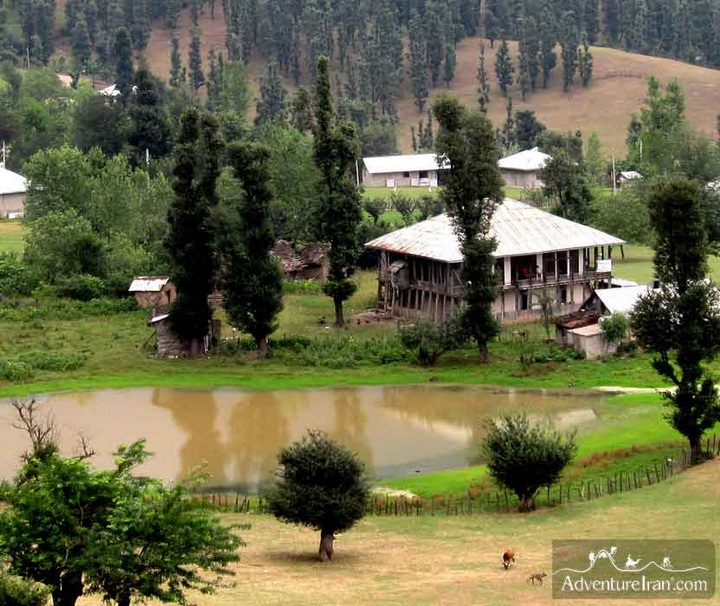
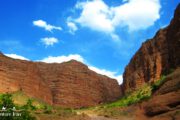
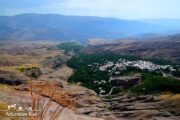
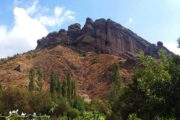
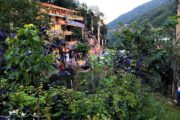
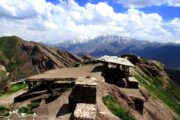
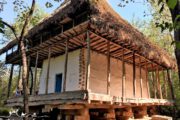
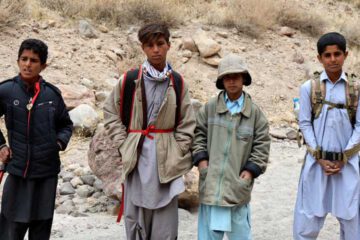

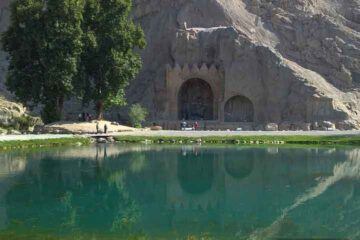
Tour Reviews
There are no reviews yet.
Leave a Review